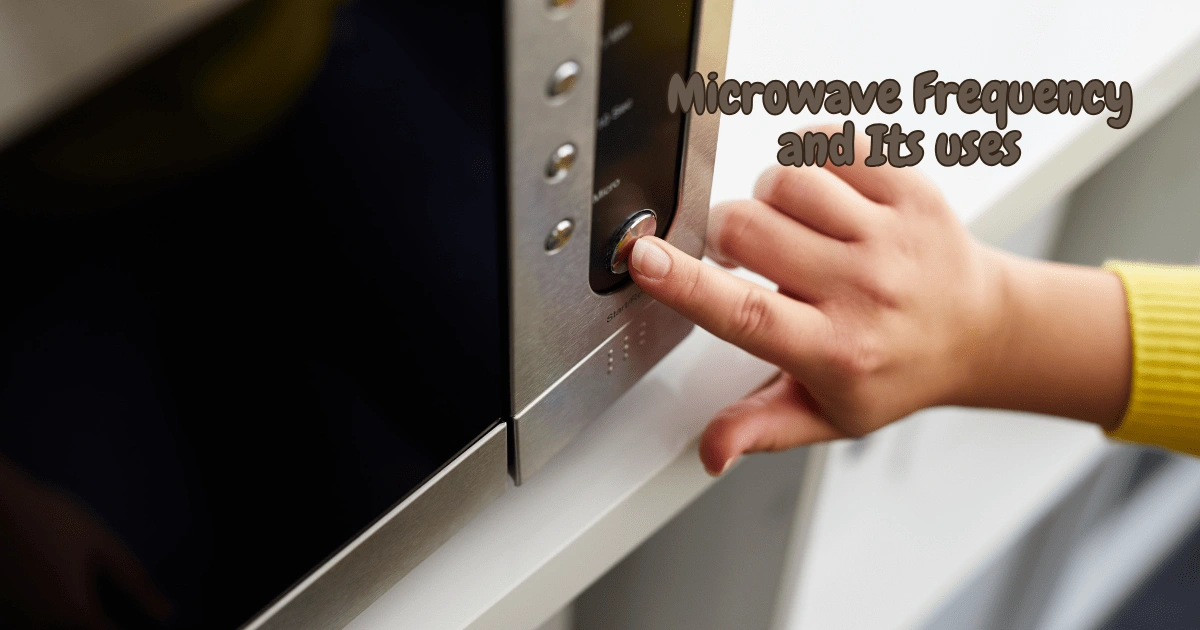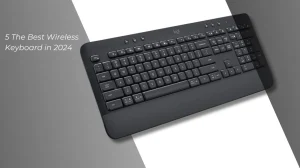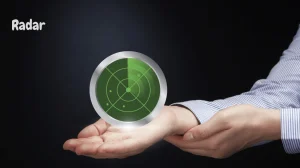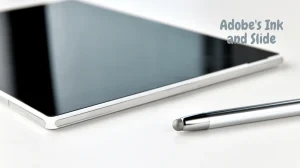Microwave Frequency and Its Uses – Ever wonder that your favorite food heating device uses the same technology as a satellite communication?
Yup! Microwave is a specific range of radio frequencies within the electromagnetic spectrum, which typically fall between 3Ghz and 300Ghz.
With a shorter wavelength compared to lower radio frequencies (1 millimeter to 10 centimeters), microwaves are able to transmit information in a more focused manner.
Also Read
And on top of that, microwaves can also penetrate some materials unlike lower radio frequencies that tend to be reflected. This property makes them suitable for heating food in a microwave oven.
So, let’s dig in the broad application of microwave frequencies!
Table of Contents
Microwave Frequency and Its Uses
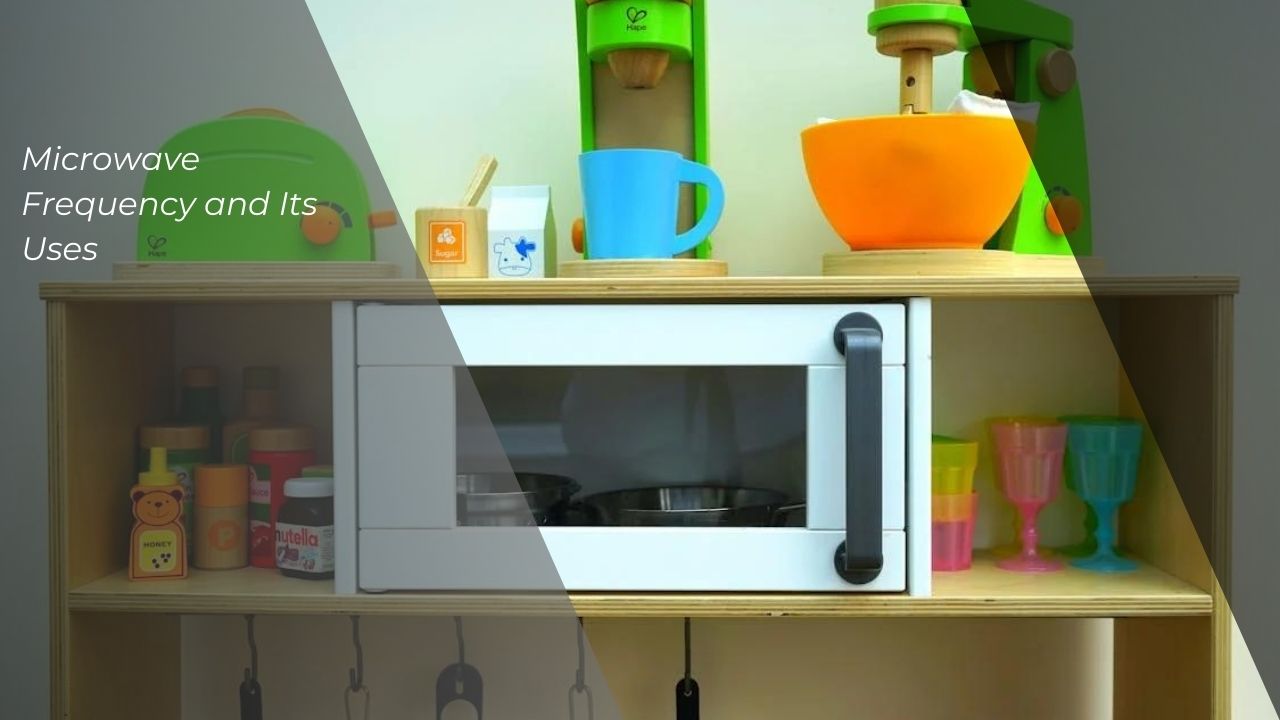
The range of microwave frequency have a lot of versatile uses across different sector ranged from a common household uses to the more crucial industry such as military defense system or satellite communication.
Then, what microwave frequencies can do and ultimately fulfill our needs as humans? Let’s dig in!
- Microwave Oven: As mentioned above, the most common and well known uses of microwave frequency is for heating food. By operating at a frequency around 2,45GHz, the water molecules are absorbing the microwave frequency. This absorption causes the water molecules to vibrate rapidly, generating heat thus heating and cooking your favorite food.
- Satellite Communication: The other application of microwave frequency is for satellite communication. The microwave frequency around 10 GHz and above can penetrate clouds and weather disturbances more effectively compared to lower frequencies, making them ideal and reliable for signal transmission between satellites and Earth.
- Radar: Radar systems use microwave pulses to detect the presence, distance, and direction of objects. The application of microwave frequency for radar including weather forecasting, air traffic control and military defense system.
- Wi-Fi: Who might be wondering that the same frequency that is used for heating your leftover pizza is the same one that is used for browsing your favorite Youtube videos? Utilizes a specific microwave frequency (typically 2.4 GHz and 5 GHz). These frequencies offer a good balance between range and data transmission speed, making them suitable for home and office Wi-Fi networks.
- Bluetooth: Sitting in the train while listening to your favorite tune station by station with your Bluetooth TWS. Yup! Bluetooth uses the same microwave frequencies. But while Bluetooth uses a lower radio frequency range compared to Wi-Fi, it still falls within the broader category of microwave frequencies. Bluetooth is commonly used for short-range wireless connections between devices like smartphones, headphones, and speakers.
- Medical Applications: Microwave technology is also used in some medical applications, such as diathermy, a therapy that uses microwaves to generate deep heat within tissues for pain relief and promoting healing.
The future of microwave frequencies are constantly evolving and its potential application of it is revolving to the advance of technology.
This includes but not limited to the next generation of mobile networks, The 5G Mobile Networks. This newly type of network also utilizes higher microwave frequencies up to 300Ghz to achieve ultra-fast data speed and low latency.
The microwave frequencies versatility also plays a crucial role in the future medical applications, as microwave technology might play a role in developing new medical imaging techniques for disease diagnosis.
It’s shocking that one invention can lead to many applications on almost every aspect of human lives, whether it’s for daily common household use to a more professional even crucial aspects of businesses and industries.
So, what do you think about microwave frequencies and its uses? Is it as good as we explained? Or is it overrated and soon-to-be-obsolete kind of technology?
Feel free to state your mind on the comment box below!
DJID Certification in Indonesia
If you need your product to be sold in Indonesia, you need DJID certification to ensure all of your products are within Indonesia’s radio frequency policy.
And based on the recent regulation by Indonesian Ministry of Communication and Informatics, it needs to be certified by SDPPI before distributed legally inside the nation. Go check this link to know more about type approval certification

